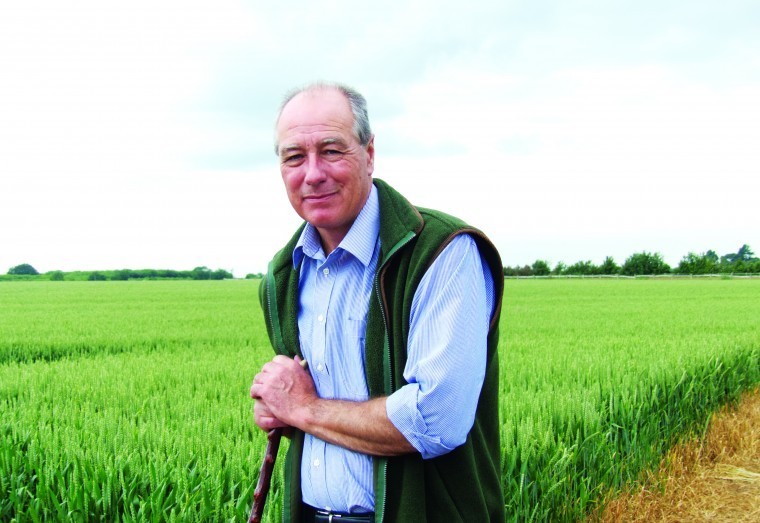One thing that is apparent is that volatility in world commodity markets is here to stay and political instability in the world is increasing. As I write we have oil prices below $60 per barrel, something that was unthinkable 12 months ago. Of all the countries to suffer it is Russia that is most vulnerable and for the world, the most dangerous.
Not just economically with the dangers that a full blown financial crisis which would inevitably be exported but also from a security point of view for all of Eastern Europe. While western sanctions are exacerbating Russia’s economic plight, which seems to encourage some western political leaders, they are also destabilising the country and region, which should be a concern for the whole of Europe.
No doubt the situation will play out over the next few months and either the west will find a way out for Russia without it losing too much face or there will be consequences. World wheat prices already reflect those fears with an upward surge and the grain trade moving from a sell into any rally. The future is bleak for sitting on your hands and seeing where the market takes us. Once again the profitability of arable farming is turning on events that are totally unrelated to agriculture. The question for farmers is when to jump into the rising market, not only for old crop but also new crop.
The crops in the ground have continued to grow as temperatures remain mild with just a few short sharp frosts. That said they have been sharp enough to knock some of the soft oilseed rape growth over exposing soil as a target for Kerb to be applied. The Centurion Max has done a very good contact job on grass weeds in the oilseed rape. But where pressure was high there are the tell tale surviving blackgrass and ryegrass plants so it is critical to apply a follow up residual product to all oilseed rape crops to try and achieve as near as possible a 100% grass weed kill.
Certainly we can expect competitive spring growth from the oilseed to help out with weed control as many plants are knee high in the field with well developed root systems and tap roots. We have only recently begun to see pigeons in the crops in any quantities and we are already into late December so the time to spring is shortening all the while and the amount of leaf on the crops is a good barrier to serious damage.
In some circumstances the most forward crops are showing signs of the growing point extending and it is clear that without prolonged cold, crops will be moving away rapidly in early February and we will be applying sulphur nitrogen products to build yield potential. The other thing that has suddenly become apparent is phoma infection and while it is to be expected with the wet weather, for a long while it was difficult to find – whereas now infection levels require rapid treatment.
On the North Downs rainfall has eased enough and the soils drained to allow us to get on with spraying. We have succeeded in spraying all the outstanding oilseed rape recommendations without making too much mess. The heavier ground fortunately is in other crops this year as there is little prospect of travelling with a sprayer on those fields.
Wheat crops overall look well. Early planted crops are certainly too thick, not from high seed rates but too many tillers and managing those as spring comes may well be a challenge. Disease is also easy to find and will require a robust T0 to tidy that up early in the spring. There is still the worry about aphids and barley yellow dwarf virus risk as the mild wet conditions have continued for so long. Where it is physically possible to travel on wheat fields we have been topping up insecticide treatments and in some cases residual herbicides.
Where it has been impossible we will have to wait for spring growth to see what the risk of infection was and what damage has been done. On a brighter note for the new year, at least we are seeing wheat prices back at levels where profit is achievable and there may well be further upside – albeit at the expense of world stability.




